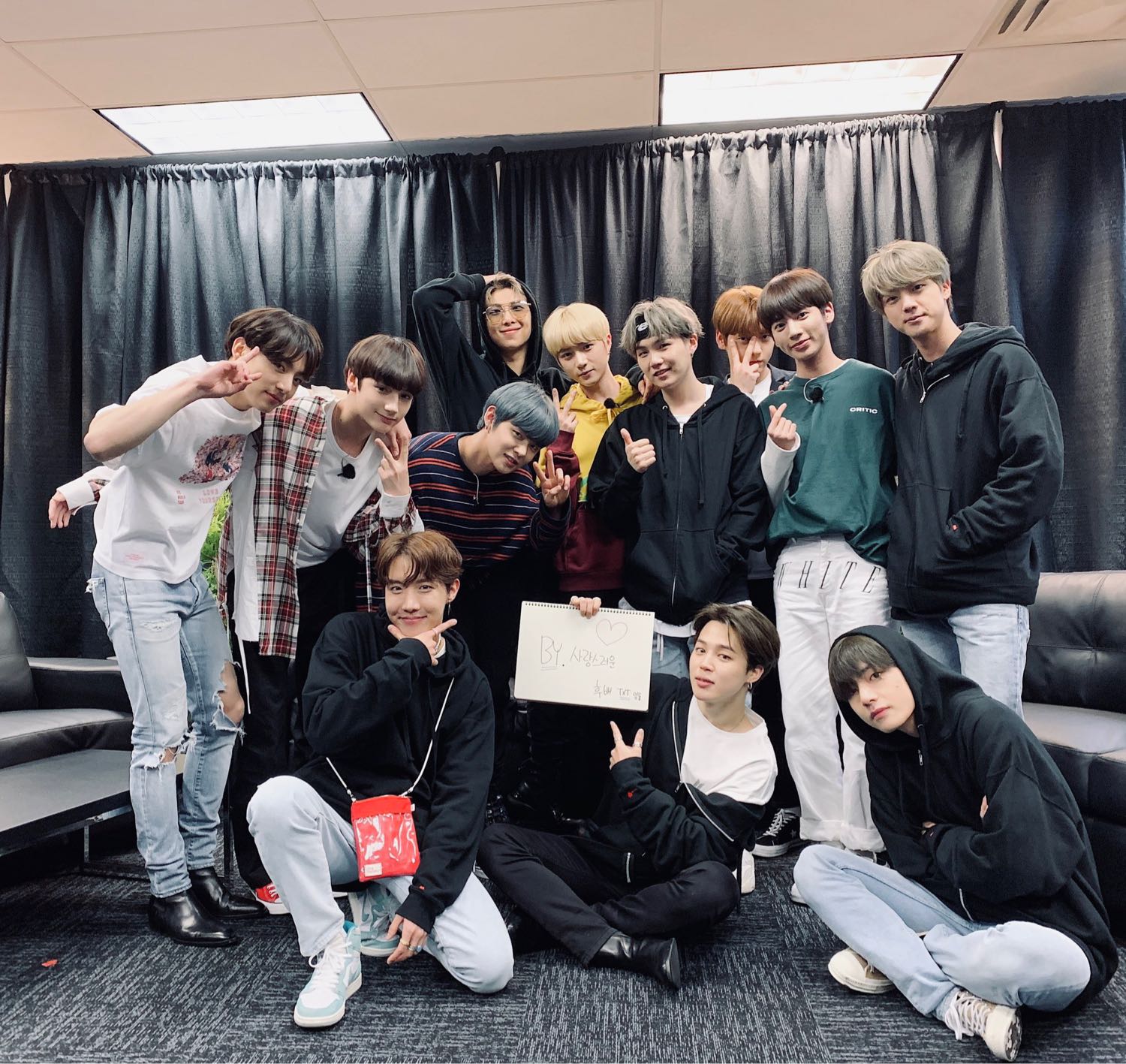
In the words of Pdogg, their sound conveys “the essence of what we’re pursuing, what we want to express.”įrom “No More Dream” all the way to “Life Goes On,” BTS evolved musically thanks to the change in their sound and message. The aim when recording a BTS song is not simply to make the vocals or certain beats stand out.

The sound and video are lined up with one another to create a unified picture and give shape to the premise, and each song has a different flavor of sound for this reason. As these sounds pass by in the music video, the camera follows along with their movement while showing the backdrop of the vast universe behind Jung Kook and V as they dance. The song “DNA” features lyrics like “providence of the universe” and “from the day of the universe’s creation” and, musically speaking, uses the atmospheric sounds of outer space and a rocket ship as part of the song. The composition is such that it seems to suggest V, who started the song with the question, “Where is my angel?” returns from deep contemplation to a monologue back in reality.

Yet the final lyrics-“After secretly sending my words up into the air / Now I fall asleep at dawn”-sound immediate, as though V is singing directly in front of the listener’s face.

RM’s rap creates a dreamlike atmosphere, moving from the center to the right speaker and back to the left. “Blue & Grey” is itself a sort of monologue that conveys the inner strife V was experiencing at the time he wrote the song, the distant, ringing reverb impressing the feeling of an unrealistic space upon the listener. “We tried to keep the energy seen in the performance for the music video while at the same time showing some of the loneliness behind it,” Pdogg says of recording “ON,” adding that “it was the start of making music where people could feel immersed in the performance.” In BTS’s music, sound is a means of conveying a song’s visual imagery using not only the left–right binary but also the three-dimensional space in front and behind-in other words, a mise-en-scène constructed through sound. The scope of the space described in “Life Goes On” is narrowed by the loud bass in front, percussion that seems to emanate out from directly next to the left ear and an ever-so-slightly wider clapping. “ON” is not made large in scale simply by piling on many sounds, but rather the wide space is filled with details from the numerous instruments and the chorus, creating several layers around and behind the vocals. “I think a good song is one that paints a clear picture.” This sentiment, belonging to Pdogg, the producer overseeing their albums, intuitively describes BTS’s sound. The sound of their music spanning that time describes in detail the kind of space that each song is trying to express: “ON” becomes a stadium concert exclusively through what is heard, while “Life Goes On,” like its accompanying music video, is close to a soliloquy given in a small room.

Over the course of a year, BTS moved between “ON,” “Dynamite,” and “Life Goes On,” showing off their ever-changing style. By contrast, the space allotted to the vocals in “ON” is relatively small to bring out the horns, drums and layered chorus which suggest the grandeur of the stage. Supporting this melody, “Life Goes On” sports a reduced instrumentation and increases the gravity of the vocals enough that the listener can hear the breaths and small nuances in the members’ performances, resulting in a vivid yet delicate expression of emotions. While “ON” features the kind of large-scale performance befitting BTS’s show at Seoul World Cup Stadium, the calm melody of “Life Goes On” is an amalgamation of the inner turmoil the members suffered during the pandemic. Last year, among other songs, BTS released “ON” and “Life Goes On.” The two songs, which were the lead singles for the albums Map of the Soul: 7 and BE, respectively, have contrasting qualities.


 0 kommentar(er)
0 kommentar(er)
